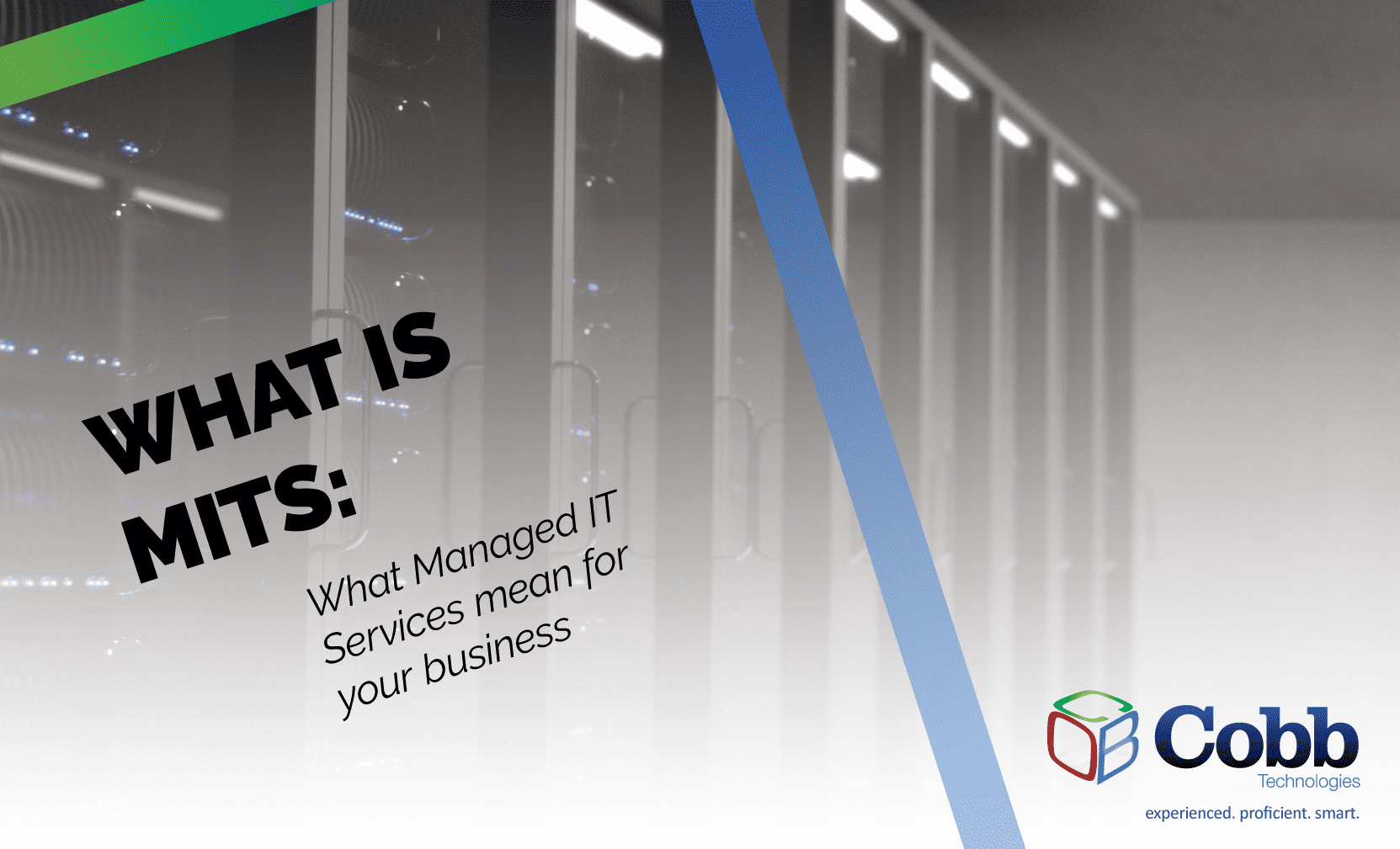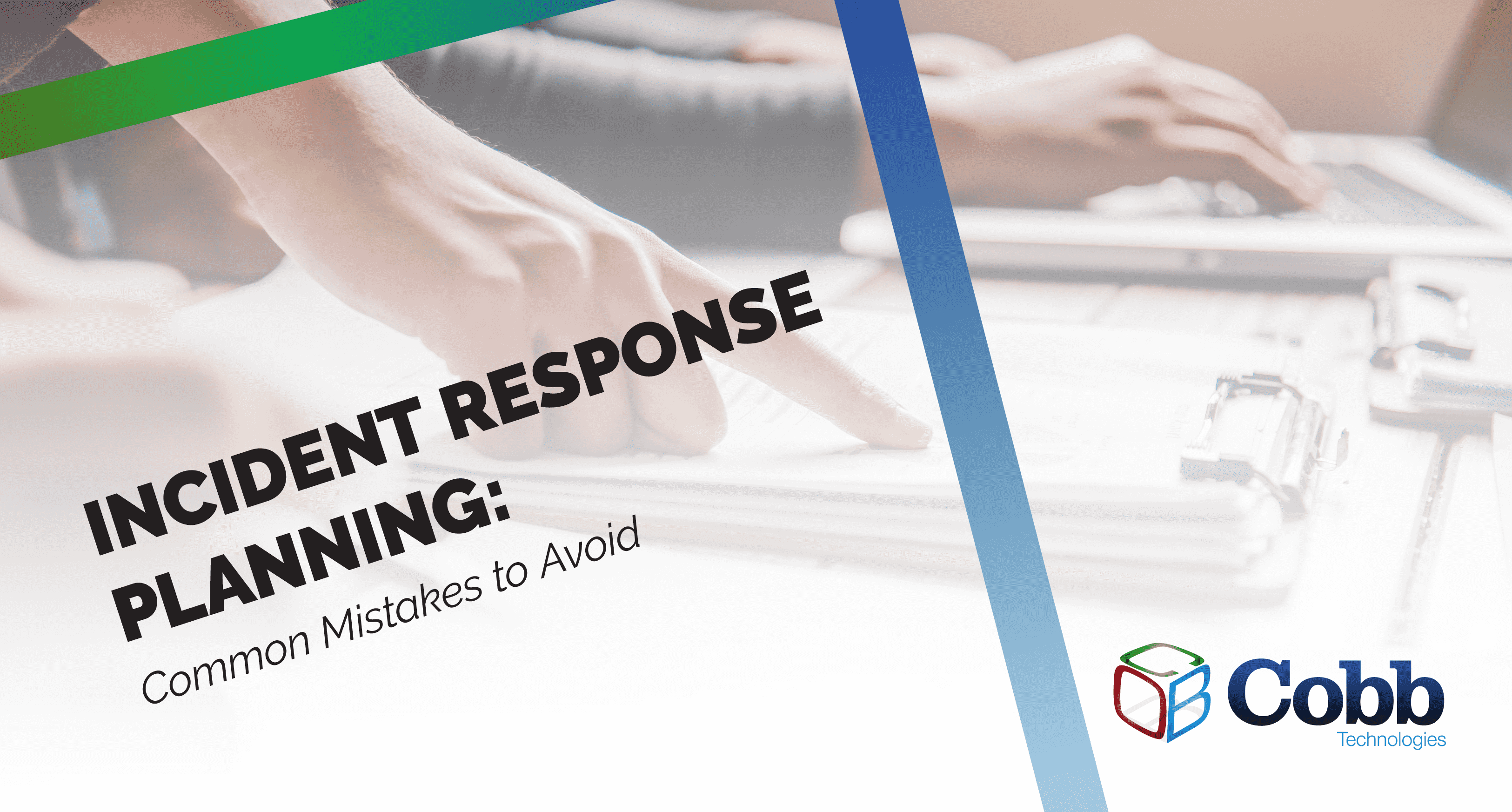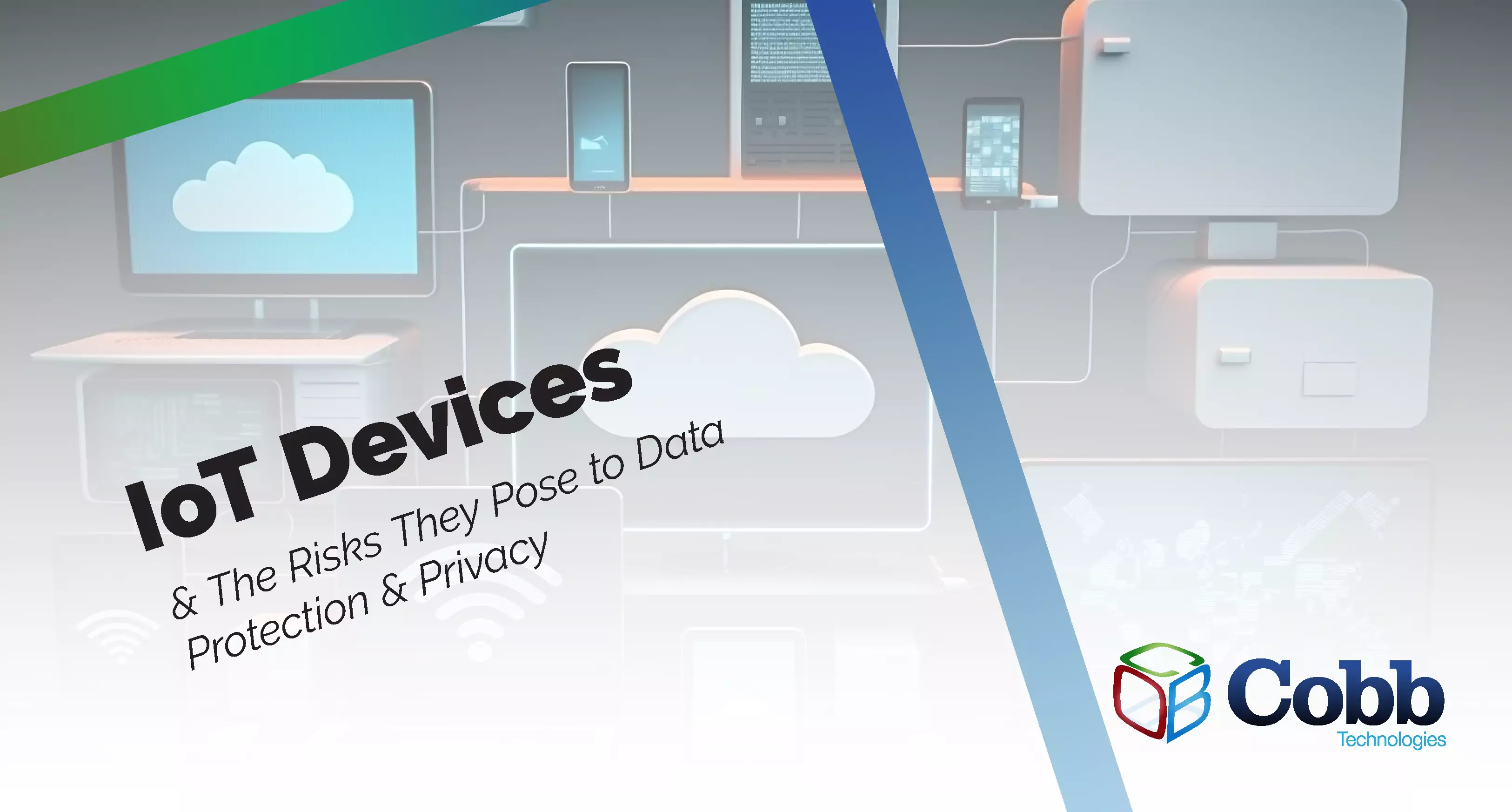5 min read
Common Incident Response Planning Mistakes to Avoid
Worried about cyberattacks hitting your business? You're not alone. Cyberattacks pose a real danger for businesses of all sizes, and without a solid...

Within the expansive realm of IT Solutions, phrases like Managed IT Services (MITS), Managed IT Service Provider, and Managed IT Support might seem perplexing at first. However, these phrases all share a common essence: delivering professional IT support to organizations.
Don't worry, though. If the acronym "MITS" has left you scratching your head, you're in the right place.
So, if you're in a rush and are looking for the definition of “MITS,” here’s the quick answer: MITS offers your organization the benefit of knowing your entire IT infrastructure is taken care of without having to manage it on your own.
The not-so-quick answer? Well, let's dig a little deeper for a more comprehensive definition:
Managed IT Services (MITS) refers to the practice of outsourcing the management of a company's information technology (IT) infrastructure and services to a third-party provider. Instead of handling IT functions in-house, businesses opt to hire a Managed Service Provider (MSP) to take care of their IT management needs. This approach is designed to enhance efficiency, reduce operational costs, and ensure the organization's IT systems operate smoothly.
There’s still a lot to unpack here, however. So, if you’ve got a couple more minutes, read on — you just might learn something.
As we addressed above, MITS involves outsourcing your technology needs to a team of experts who handle everything from troubleshooting to keeping your systems running smoothly. The key features of Managed IT Services include:
By outsourcing IT management to a specialized provider, businesses can focus on their core operations while having the assurance that their IT infrastructure is in capable hands. This model is particularly popular among small to medium-sized businesses that may not have the resources to maintain an in-house IT department.
Now that we've addressed the basics, let's explore some specific scenarios that illustrate the benefits of outsourcing your IT management.
Choosing to partner with a MITS provider can help your business:
Just like software, hardware is advancing and evolving continuously. Keeping up with the costs of maintaining and upgrading hardware can be a significant drain on your resources – often reducing the capital available for other much-needed aspects of growing your enterprise ecosystem.
Not only can a MITS team manage your hardware, but they can also offer another option: management of cloud services.
Cloud services are more secure, easier to implement, and less expensive to maintain than traditional on-site servers.
By leveraging managed IT cloud services, you can scale your infrastructure as needed without the burden of acquiring and maintaining physical hardware. This not only reduces immediate hardware costs but also provides a more predictable and scalable financial model.
For more about managed IT cloud services, visit our blog, How Much Do Cloud Services Cost?
There are two types of maintenance in the tech world – hardware and software. Both take plenty of time, planning, and resources to achieve a balance between analysis and the actual act of maintenance.
MITS providers are on a mission to redefine the traditional “break/fix” model that has long been the norm. Instead of reacting to issues as they surface, MITS providers adopt a proactive approach by constantly monitoring the health of your network. The goal is to identify and address potential problems before they have a chance to disrupt your business operations.
Additionally, most MITS providers also offer personalized help desk services. This tailored approach significantly enhances employee productivity. Unlike generic help desks, a MITS help desk is well-versed in your business systems, offering more efficient and business-specific support.
As your MITS partner vigilantly oversees your enterprise ecosystem’s health, they simultaneously keep a watchful eye on security risks and, on the flip side of the IT spectrum, opportunities for growth and advancement within the realm of IT.
Upgrading your system before issues materialize doesn't just curtail the direct cost of maintaining the system; it serves as a catalyst for enhanced overall business productivity. Managing an enterprise ecosystem is akin to keeping a car running smoothly — prioritizing preventative measures proves to be both more cost-effective and quicker to implement when compared to rectifying a broken system.
The tech industry is constantly, continuously changing. Maintaining an internal IT department that remains effective, up-to-date, and equipped to tackle emerging security threats requires ongoing training and education—a necessary and inherent cost to factor into the equation.
Enter Managed IT Services, your strategic ally in alleviating this challenge. Rather than subjecting your operations to an annual slowdown as your internal team grapples with the intricacies of new hacker tactics — or adapts to a new cloud service — a MITS partner can ensure that your enterprise ecosystem operates seamlessly at peak efficiency throughout.
While we’re on the topic of hackers constantly finding new ways to infiltrate enterprise systems, let’s cover some of the ways a MITS provider can minimize your overall security risks.
MITS teams shoulder the crucial responsibility of monitoring and controlling operations that are essential for sustaining a safe, secure, and robust enterprise system. They monitor the health of your network, promptly addressing any high-latency connections or operations to ensure a consistently productive ecosystem.
Additionally, a MITS team will monitor the entirety of your system for any security risks in real time. This includes detecting any suspicious out-of-network connections, identifying spikes in server operations that signal potential DNS attacks, and continuously analyzing program and user states to stop any Trojan horse hacking attempts before they gain traction. Much of this monitoring is automated, however, upon the detection of any cyber attack attempt, your dedicated MITS team will be there to respond swiftly and effectively.
At the heart of any successful relationship, especially in the professional realm, lies a foundation built on trust.
When it comes to partnering with a Managed IT Services provider, this trust is not just about technical proficiency; it’s about finding a provider who understands not only what needs to be done but, more importantly, how it aligns with the ins and outs of your business.
A reliable MITS partner is one who takes the time to listen, diving into the core operations that propel your business forward. If your provider offers solutions without listening to your business concerns or understanding the nuances that define your operations, they might not be the best fit for your IT management.
Always ask as many questions as possible, and keep an open line of communication with your provider. Your MITS partner will be happy to help. After all, a MITS partnership is more than a service contract; it's a collaborative journey towards optimizing your digital infrastructure for sustained success.
For more about managed IT and cybersecurity, check out our blog. To learn about our MITS offerings, visit our Managed IT Services page.

5 min read
Worried about cyberattacks hitting your business? You're not alone. Cyberattacks pose a real danger for businesses of all sizes, and without a solid...

5 min read
This March, four of our Sales Representatives headed to Atlanta for a two-week Canon training camp. This immersive training aimed to enhance their...

5 min read
Is your IoT (Internet of Things) data as secure as it should be? If you're unsure, it's time to take notice.